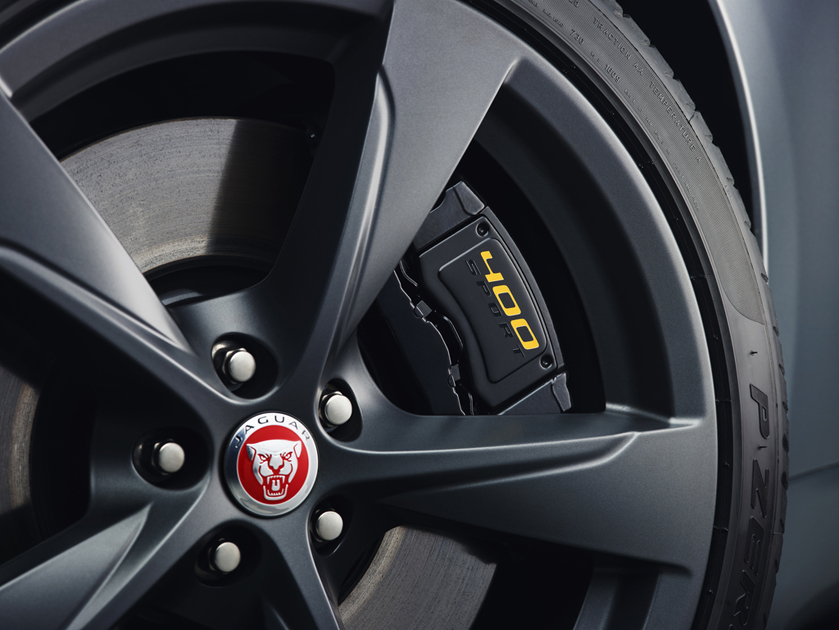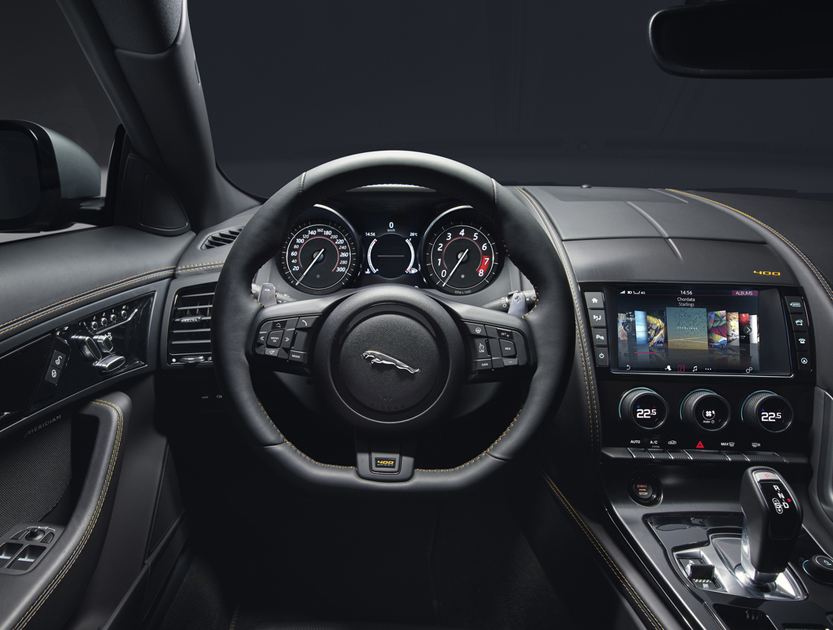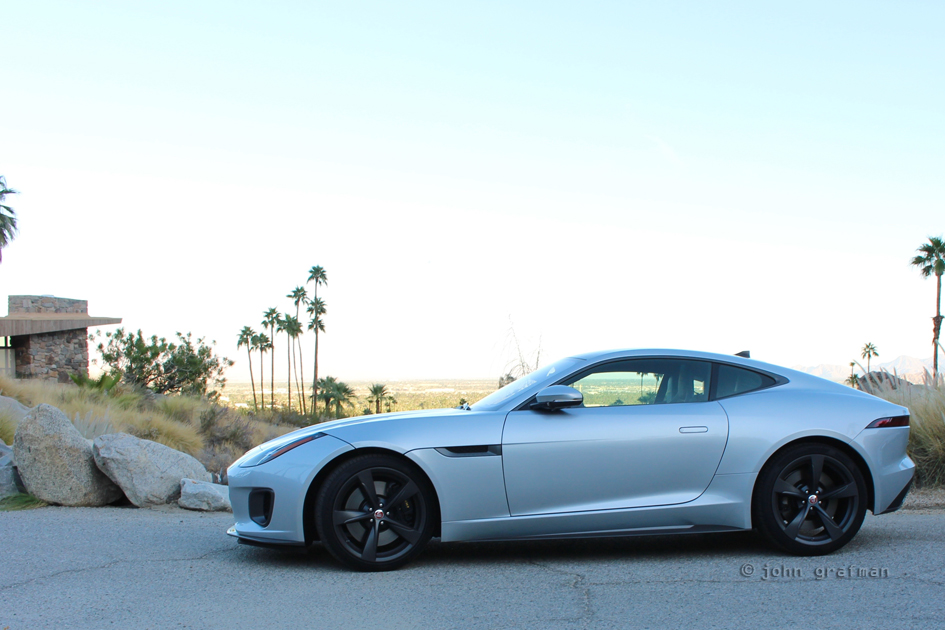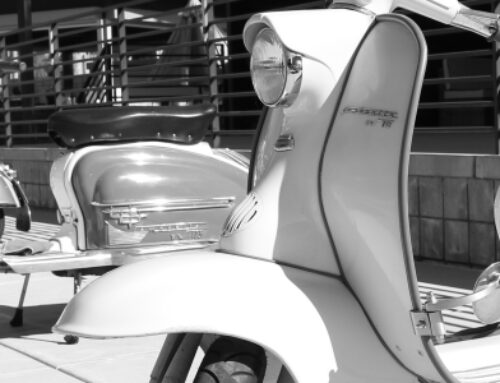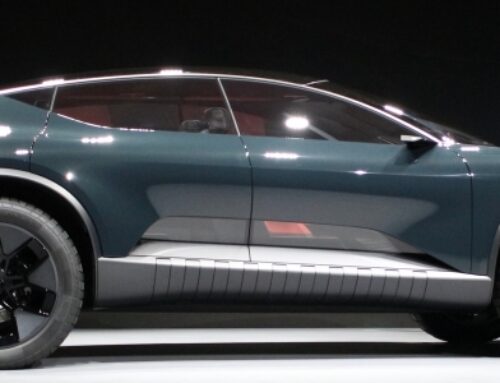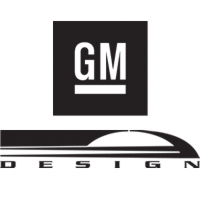Article and interview by John Grafman
Images by John Grafman and courtesy of Jaguar
Stepping out nearly six decades ago, and about one hundred miles outside of Los Angeles, would mean landing in swanky Palm Springs. The terrain was favored by movie stars and snowbirds. Dotting the welcoming landscape and hills near Mount San Jacinto, architects using novel approaches accelerated the development of, as we know it now, the Modernism movement. The period correct and desired car for this outing would be without a doubt the fantastic Jaguar E-type.
While time travel is out of the question, Palm Springs is still just a few hours away. Jaguar has long since stopped the production of the E-Type, but it’s heritage lives on in the F-TYPE.
Jaguar’s new coupe is alluring. This is where a driver actually wants to spend their day. The promise of the design is also delivered in the performance of the Jaguar. Far too often cars don’t live up to the styling, with all manner of aero-looking pieces, but don’t have the power or precision to match. This is a different story.
With ample seat-time, it’s not hard to become fond of the use of materials and the quality of the fit and finish. This particular F-TYPE stands apart from it’s brethren and will be available for just one year. This is the Jaguar F-TYPE 400 SPORT.
As the name indicates, the 3-liter, supercharged V6 engine is engineered to push out an additional 20 ponies, for a total of 400 horsepower. This is endowed with all the best goodies including a Quickshift eight-speed transmission, a mechanical limited-slip differential, the Super Performance package that includes massive disc brakes (380mm vented disc, twin-piston sliding caliper front; 376mm vented disc, single-piston sliding caliper rear) with torque vectoring, and the Configurable Dynamics package that provides the pilot control over throttle, transmission shift points, steering, and dampers. This particular car is set up with all-wheel drive, although it is available with just rear-wheel drive.
The 400 SPORT is energetic, and has plenty of go-power even at the lowest speeds. The 460 lb.-ft. of torque will haul the Jaguar’s 3,690 pounds to 60 miles an hour in 4.9 seconds. Given enough room, like on the flat desert floor, 171 miles per hour is attainable.
The Quickshift knob on the center console is easy enough to use, but visually checking that it is engaged in drive is helpful, as it is possible miss the mark. The 400 SPORT also comes with the anodized aluminum gearshift paddles.
Certainly, the button that regulates the exhaust note will be used to announce the arrival of the Jaguar, when suitable.
At speed, the rear wing elevates for additional downforce. The extra grip is appreciated under hard driving. However, the rearward vision in the coupe is a bit compromised due to the tapering design of the greenhouse, and the wing only crimps that further. Nevertheless, it is easy enough to deal with.
On the subject of grip, the 400 SPORT model is treated to stealth-like dark grey satin finish, 20” wheels with enough rubber to keep this planted firmly. The front tires are P255/35R20, and the rear set at P295/30R20 perfectly satisfies the proportions of the bulging fenders.
Dimensionally, the car spans 176.5” long, 80.3” wide with mirrors, and 51.6” tall. The form offers a reasonable size cabin for most adults, with a small enough footprint to be sporting.
Flogging the Jaguar through the canyons, this cat loves to pounce. The quick uptake of the motor and the balanced braking, even when pushed hard, are completely engaging. The driver hunts for more roads to challenge, as befits a real sports car. Aiding the handling, independent wishbone suspension in all corners keeps this kitty composed. Clearly, screwing up has it’s downsides when faced with either guardrail or cliff side. The surefootedness of the 400 SPORT does not disappoint. As this always has more power to offer, this beckons the pilot to up their game, just to wring out more from the car.
Like the Jaguars that came before this, the 400 SPORT comes at a price. The AWD model, such as this one, comes in at $92,500. The F-TYPE comes in 28 different variants, with pricing that falls on both sides of this limited-edition model. Prices range from $59,900 to $121,900.
The interior has the type of touches that not only harken back to the E-Type, but also does so with modern elegance. In particular, the toggle switches on the IP are as pleasing to the eye as they are to actuate. Other features showcase modern technology. The fixed position glass panoramic roof rolls into the windshield, producing an unusual sensation really unlike any other sunroof, or even convertible for that matter.
Wayne Burgess, Jaguar’s Director of Production Studio & SVO Projects, tells us. “In all honesty, the form of the glass house wasn’t particularly challenging to deliver for either the engineering or design teams on F-TYPE, such is the capability of modern glass forming techniques and our experience in developing large, complex glass panels.”
The 400 SPORT has numerous visual cues to make this stand out from other F-TYPEs. Throughout the interior, the premium leather interior is enhanced with contrasting yellow stitching, as does the 400 SPORT logo embroidered onto the steering wheel and seat headrests. This model comes with the embracing, 12-way adjustable slimline performance seats. Additionally, the logo is applied to the black-brushed aluminum center console finisher and the sill treadplates.
This limited-edition model comes in three paint colors, Indus Silver, Santorini Black, or Yulong White paint. Complimenting this on the 400 SPORT are a prominent front splitter, complimented with the yellow badging. Plus, the color of the extended side sills and rear diffuser match the wheels. Finally, a dark satin grey 400 SPORT badge on the rear completes the exterior picture.
Wayne also points out, “Getting the yellow accent colour to match across all of the components that define a 400 SPORT (stitching in the leather steering wheel, seats, 400 SPORT badging on the instrument panel, front splitter, brake calipers, rear deck) was quite a challenge, and in the end, the colour had to be set by which shades of yellow could be achieved on certain components, namely the brake calipers (which have to withstand high temperatures, and the rigours of all that the elements can throw at them, in terms of road dirt, rock salt and grease).”
Hence, the colour of the contrast stitching on the interior was actually matched to the shade of yellow that could handle the hostile environment of the logo on the brake calipers!”
_________________________________________
AutoDesignO Takes Five with Wayne Burgess, Jaguar’s Director of Production Studio & SVO Projects, on the design of the F-TYPE 400 SPORT.
AutoDesignO: Glancing at the Jaguar F-Type (and the C-X16 concept), one can spot a few design cues that reflect the styling of the C-X75. How influential was the C-X75 concept car on the F-TYPE and Jaguar as a whole (and in what ways)?
Wayne Burgess: Both cars were created by the same team, under Ian Callum’s guidance, in the same time frame, so they naturally share the same Jaguar sports car DNA. Stunning proportions, pure, confident surfaces, and beautiful graphic details are the foundations of every Jaguar, and both C-X75 and F-TYPE epitomise this design philosophy.
ADO: What were some of the (unique) challenges in the design development of the Jaguar F-Type?
WB: Delivering that beautiful, low, tapered tail on the convertible, since it presented us with considerable packaging challenges, reference stowing the soft top in a compact space. On the coupé, it was the challenge of delivering those wide, muscular rear haunches (fenders) in a single-piece aluminium pressing, since we’d never previously been able to draw such a deep pressing without the material tearing. We spent several weeks refining and honing the forms to deliver a beautiful, production-feasible part!
ADO: Jaguar seems keen on developing a more personal offering for F-Type customers with limited edition products, like this 400 Sport. What does this mean in terms of design?
WB: Limited Editions provide the design team with the opportunity to have a bit of fun; especially on a car like F-TYPE where we can reference our racing heritage, for example. It’s all about providing customers with additional reasons to purchase, and, in simple terms, we like to create cars that we’d want to drive ourselves!
ADO: Are the interior and exterior design features of the 400 Sport providing a strong enough distinction between the F-Type siblings? In contrast, the 400 Sport pricing is nearly 50% more than the F-Type base model.
WB: In my opinion, certainly, as the car delivers the most powerful version of our V6 engine, in a unique state of tune – 400HP – and a very high standard of specification, including 20” wheels with a unique Dark Satin Grey finish, Configurable Dynamics and the Super Performance Braking System. It has a really compelling package of exterior and interior enhancements that I’m sure will mark it out as a future collector’s item.
ADO: The F-Type 400 Sport is a real departure from the XK line, and feels more akin to the Aston Martin Vantage. Can you tell us a bit about that design decision?
WB: I think the decision can, in a way, be traced back to when Tata Motors first acquired Jaguar Land Rover. Mr Tata is a lifelong Jaguar enthusiast, and he was very keen for us to have a modern day E-type in our portfolio, referencing the Series I cars, in particular. That ultimately drove a 2-seater configuration, in order for us to deliver the necessarily dramatic proportions.






